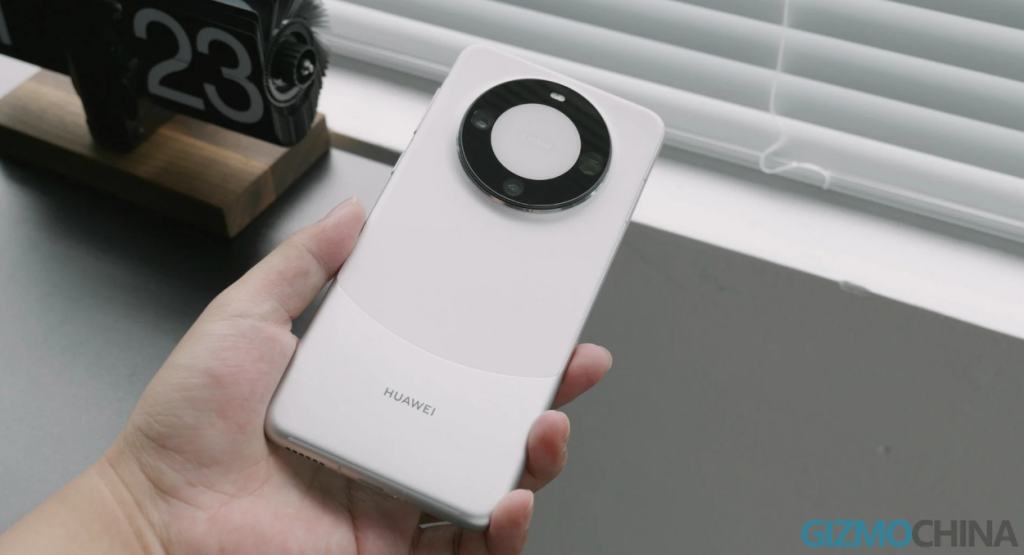In a surprising move, Huawei unveiled its Mate 60 Pro smartphone on August 30th, sending ripples through the semiconductor sector as the market reacted swiftly. The release, shrouded in mystery, has raised eyebrows and speculation in the tech world. With semiconductor companies like V-Test Technology and Maxic Technology surging by over 10%, it’s evident that the Mate 60 Pro has already made a significant impact.
The Mate 60 Pro’s starting price of $960 caught the attention of consumers, leading to the swift depletion of the initial batch of goods on the official website. What’s intriguing is that Huawei has been tight-lipped about the smartphone’s chip, leaving users and industry experts guessing about its capabilities, especially in terms of network support.

Rumors have begun to circulate, suggesting that the Mate 60 Pro might have achieved 5G speeds, an achievement typically reserved for 5G-enabled devices. User tests conducted on August 29th revealed download speeds exceeding 500Mbps, a feat that has historically been associated exclusively with 5G technology. In comparison, 4G technology maxes out at 100Mbps. Additionally, the Mate 60 Pro’s support for satellite calls and satellite information editing has added to its intrigue.
Prominent analyst Guo Mingji has shed light on the Mate 60 Pro’s impact on the industry, highlighting three key investment trends. Firstly, he notes the localization of semiconductors, particularly in RF and power-related areas, benefiting companies like Semiconductor Manufacturing International Corporation (SMIC) and Vanchip. Secondly, Guo emphasizes the growth of satellite communication providers among Android brands, with Hwa Creat emerging as a key player. Lastly, he underscores the improvement in the average specifications of high-end models’ optical systems, benefiting companies like Largan, Sunny Optical Technology, Will Semiconductor, SmartSens, and B.L Electronics.
However, it’s worth noting that Huawei’s self-developed chips still face numerous challenges, including yield rate and support for advanced semiconductor equipment. Some components, such as filters, SOI (Silicon on Insulator), and gallium arsenide, remain beyond the scope of localization.
The absence of critical details, including processor and network support, on the Mate 60 Pro’s spec sheet has ignited speculation. Some believe Huawei may be masking the absence of 5G connectivity due to sanctions and restrictions by sourcing chips domestically, potentially from China’s Semiconductor Manufacturing International Corporation (SMIC). However, these domestic chips may employ older architectures, which could impact overall performance and battery life.
As the tech world eagerly awaits further details and clarifications from Huawei, the Mate 60 Pro’s enigmatic launch could indeed be one of the most significant events of 2023, shaping the industry’s trajectory in unforeseen ways.
Related:
- Huawei adds 37 more phones to HarmonyOS 4 public beta program
- Premium Huawei tablet with Kirin 9 series chip in the works
- Huawei Mate 60 Pro Unboxing & Hands-on: Kirin 9000s Chipset For 5G & Satellite Callings?!
(via)




